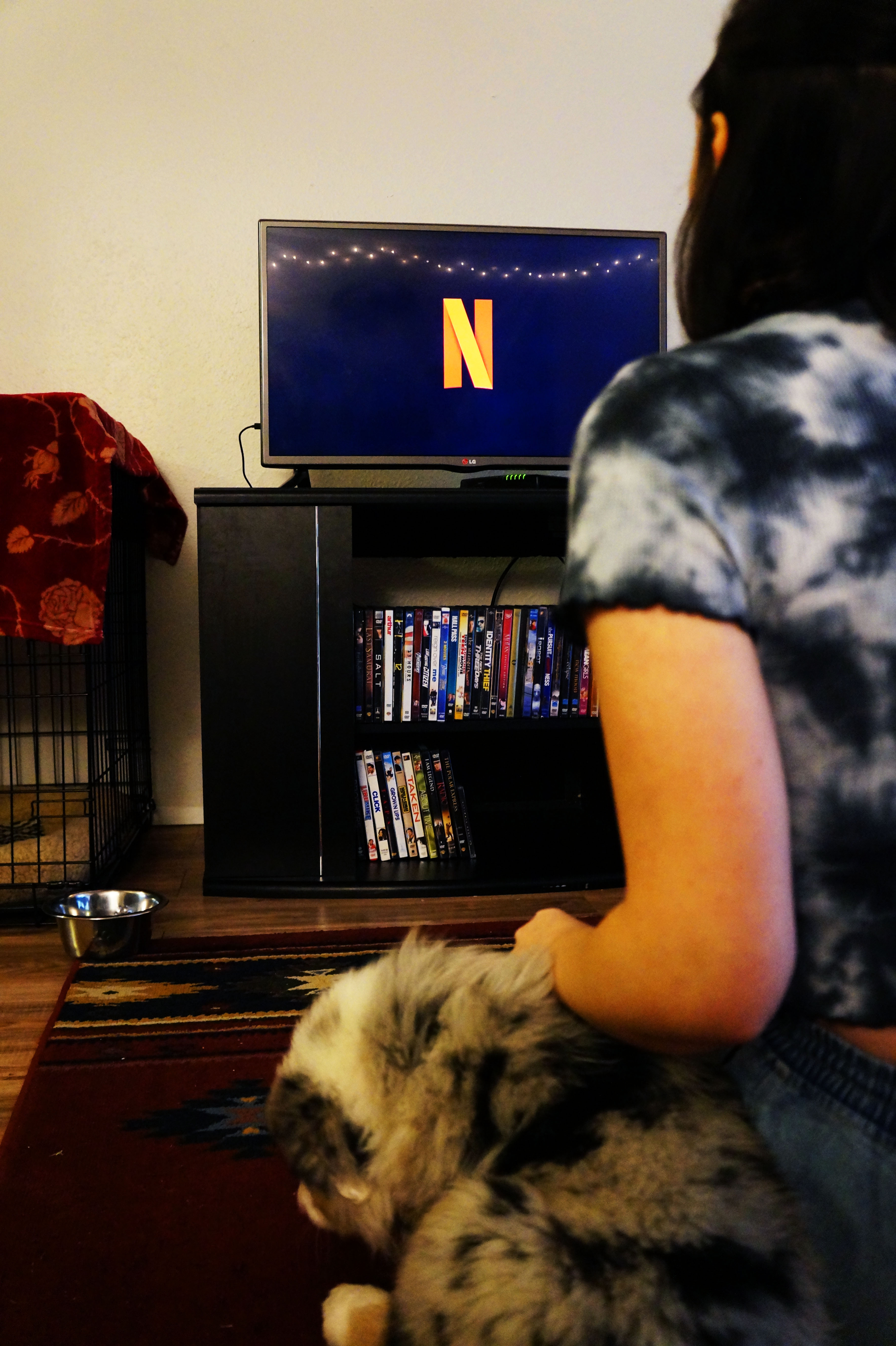Farmer’s markets and Saturday markets to explore and enjoy this year
Natalie Dean | Entertainment Editor
As spring lurks around the corner, it’s time to start preparing for the upcoming brisk and sunny days ahead, and one of the best ways to spend the day is with local farmer’s markets and Saturday markets.
From handmade items, fresh produce, art and food ⏤ farmer’s markets have it all. With all the options available, it can be hard to keep track of exactly which ones to look forward to and when they open. Farmer’s markets and Saturday markets are quintessential staples of a weekend well-spent, and it can feel good to be surrounded by the local community and to support small and independent businesses. Here’s a list of markets that are either currently open or will be opening within the coming months:

- Independence Farmers Market
(April – Nov.) Saturdays, 9 a.m. to 2 p.m.
Umpqua Bank parking lot, 302 South Main St, Independence, OR
- Independence Riverview Market
(Mid-April – Oct.) Saturdays, 9 a.m. to 2 p.m.
Riverview Park in Independence, OR
- Hewitt’s Greenwood Gardens in Independence, OR
(Currently open 24/7; online shipping and delivery options only)
- Salem Public Market
(Currently open year-round) Saturdays, 8:30 a.m. to 2 p.m.
1240 Rural Ave SE, Salem, OR
- Salem Saturday Market
(April 3 – Oct. 30) Saturdays, 9 a.m. to 3 p.m.
865 Marion St NE, Salem, OR
- Corvallis Indoor Winter Market
(Currently open; Jan. 9 – April 10) Saturdays, 9 a.m. to 1 p.m.
Guerber Hall, 110 SW 53rd St, Corvallis, OR
- Lane County Farmers Market
(Feb. – March) Saturdays, 10 a.m. to 2 p.m.
8th and Oak in Eugene, OR
- Eugene Growers Market
(Currently open year-round)
Tuesday 5:30 to 7:30 p.m.; Thursday 2:30 to 7:30 p.m.; Friday 12 to 7 p.m.
454 Willamette St, Eugene, OR
- Portland Farmers Market at PSU
(Currently open; Nov. – March) Saturdays, 9 a.m. to 2 p.m.
(April – Oct.) Saturdays, 8:30 a.m. to 2 p.m.
1803 SW Park Ave, Portland, OR

Contact the author at ndean17@wou.edu





